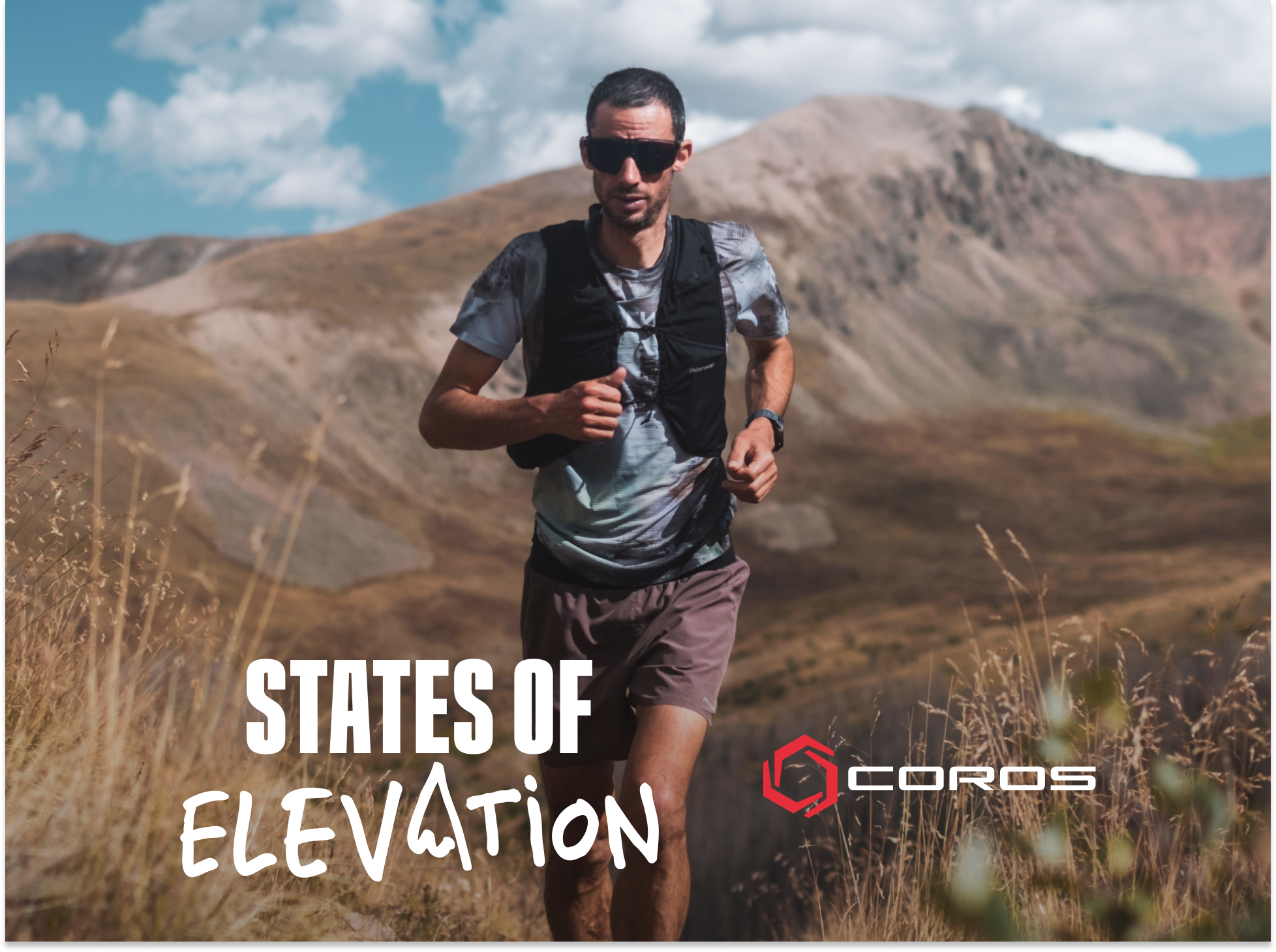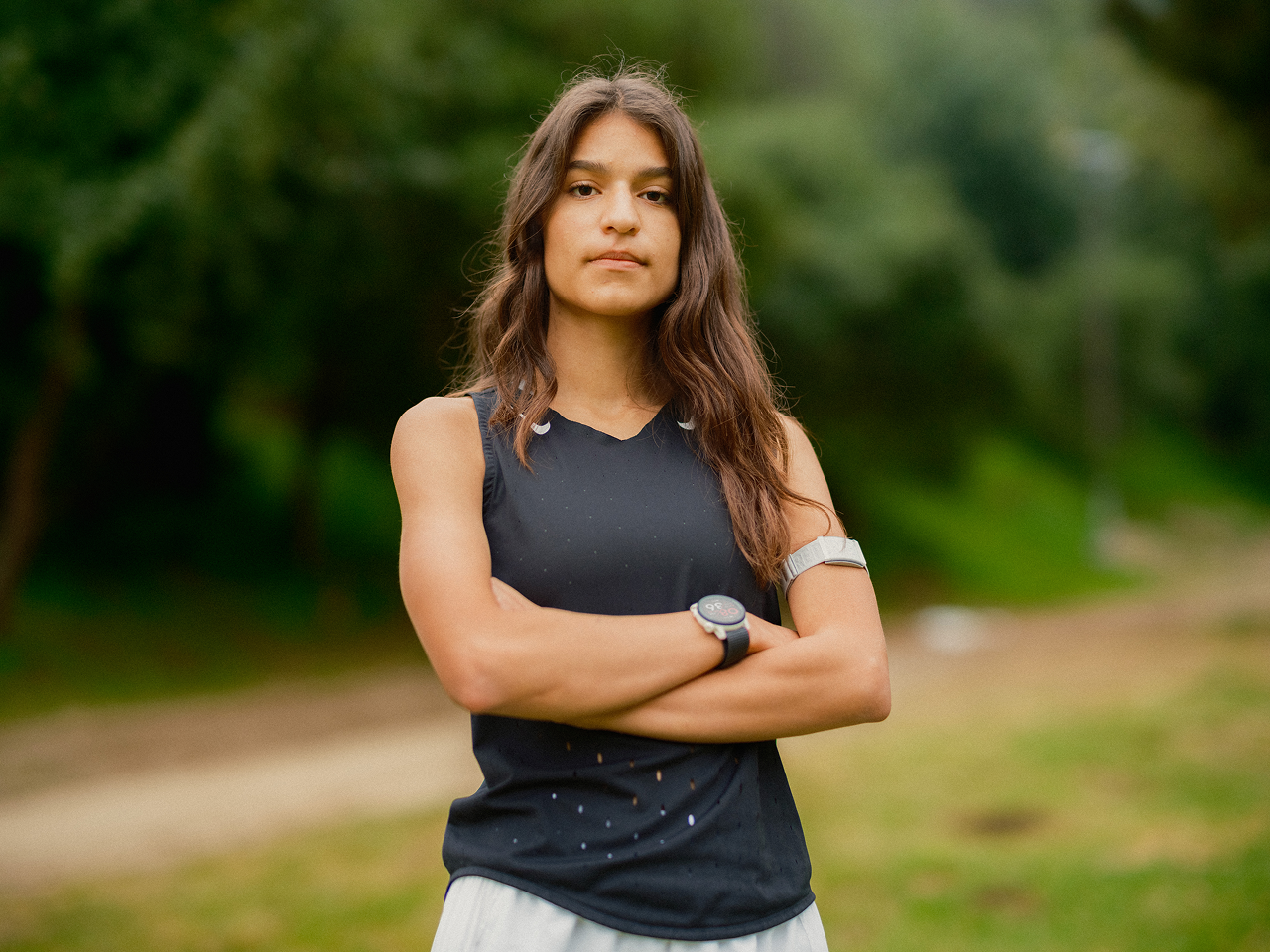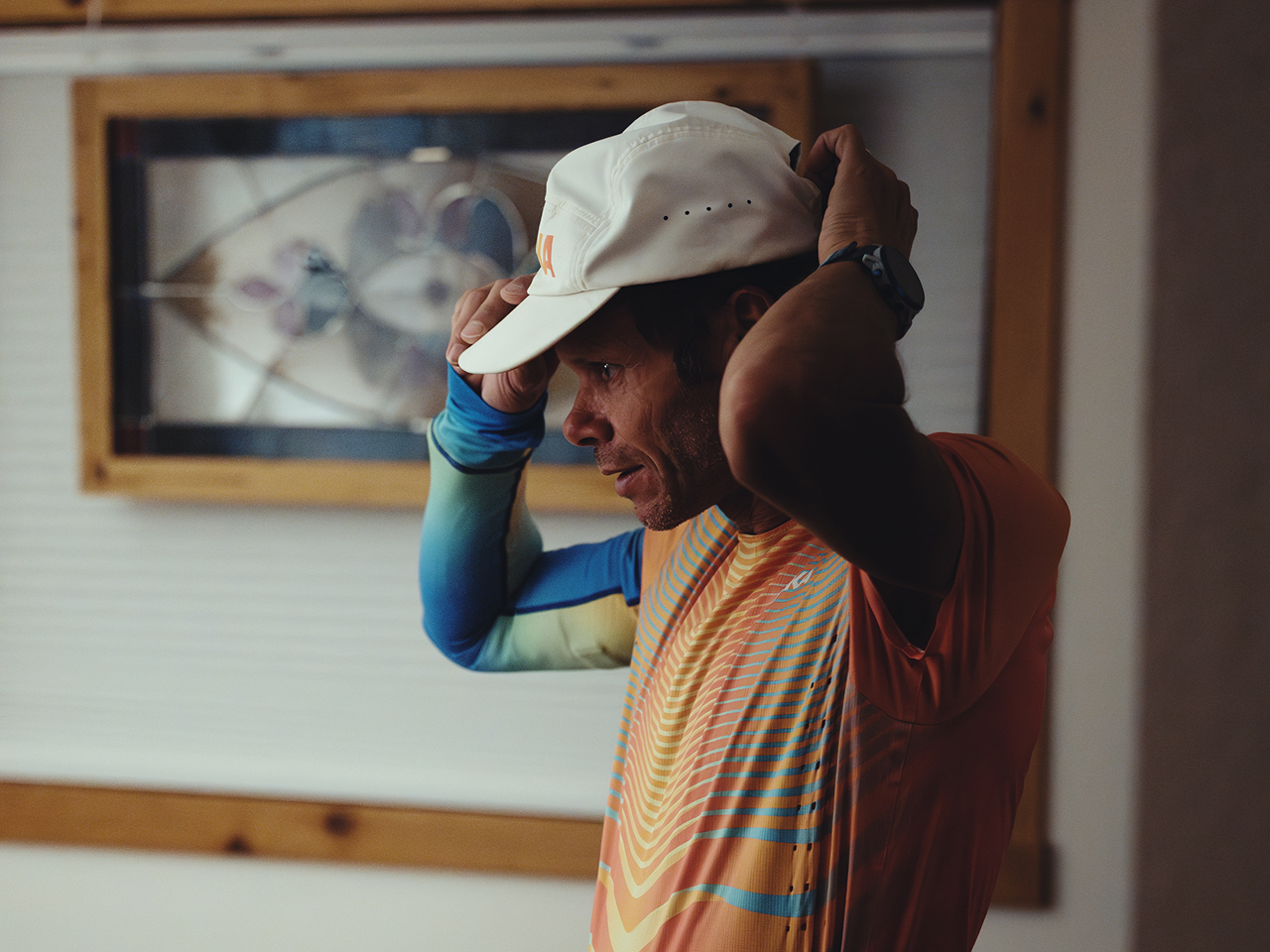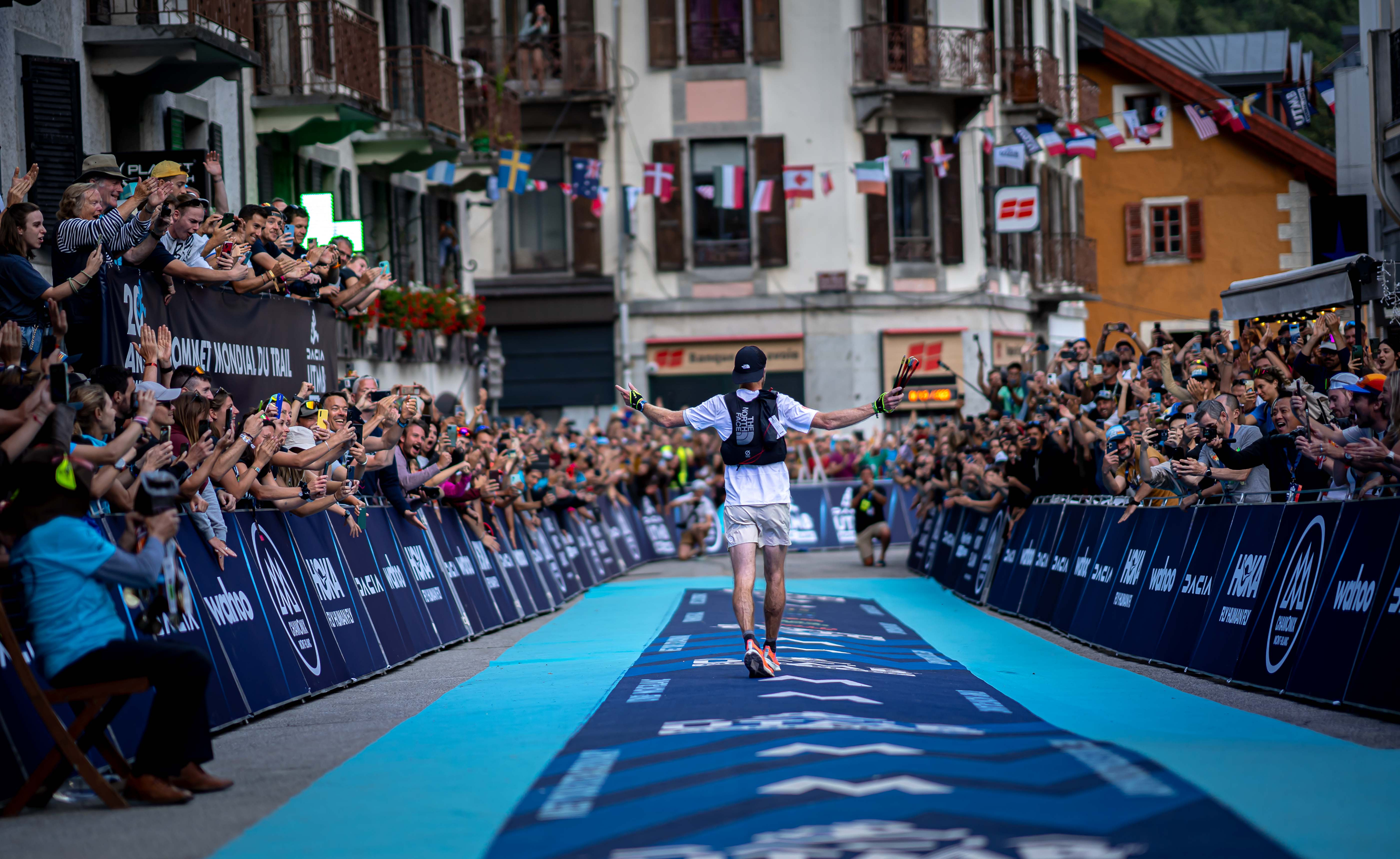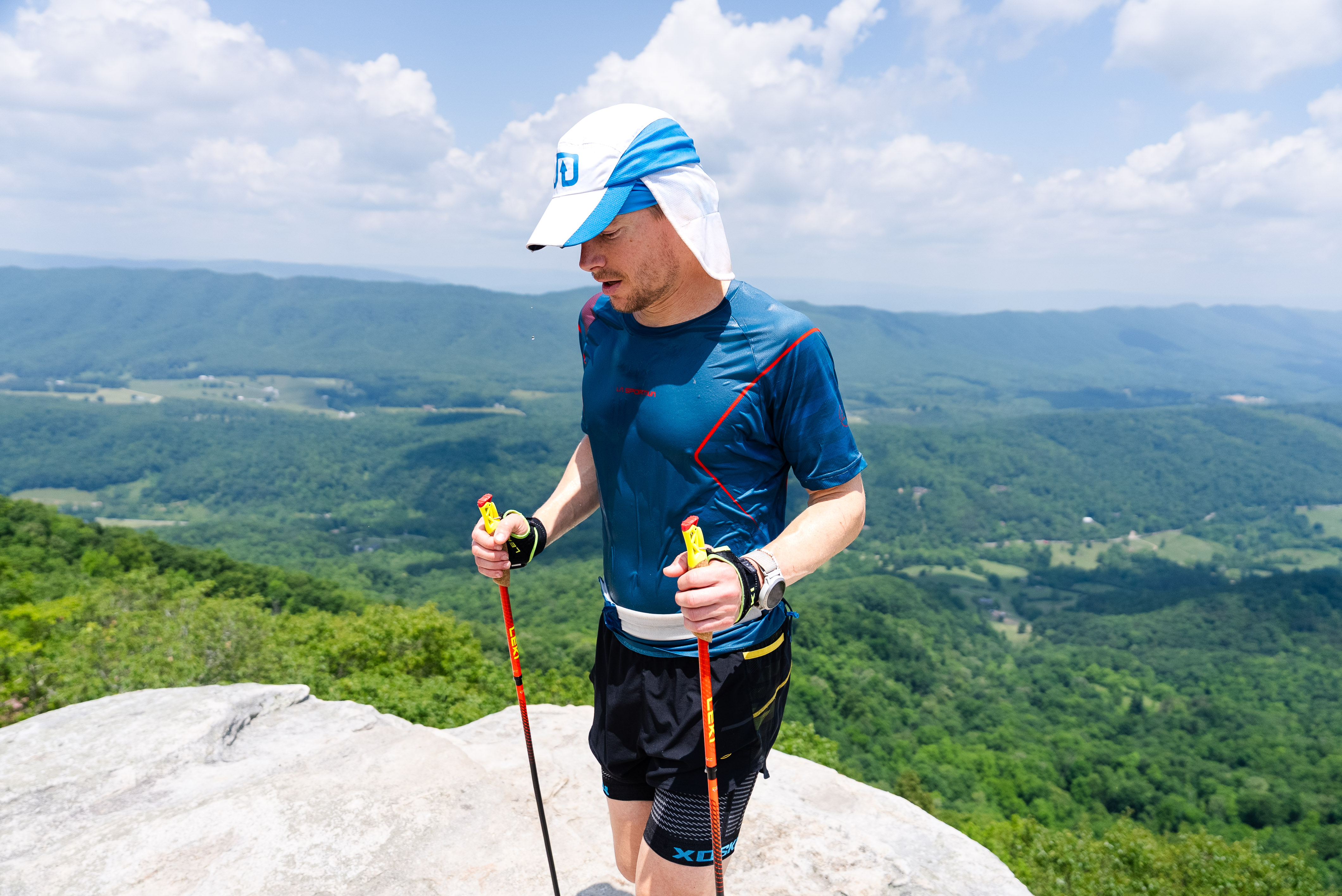The National Championship holds a special kind of weight that transcends any single sport. While each sport has their own unique iconic events, nearly all will hold a National Championship. To be a National Champion distinguishes an athlete as one of their Nation’s best, and on a single day that counted, that athlete actually was the best. It’s a huge honor to own that title for a year and to don your country’s flag on your jersey.
A Course That Demands Everything
Marathon mountain biking is unique in that no two courses are the same. Some favor climbers, others suit technical specialists or powerful all-rounders. Distances can range from 60 to 120 kilometers, and elevation profiles are rarely gentle. That means athletes have to tailor their preparation to the course at hand.
The 2025 XCM National Championship took place in Roanoke, Virginia, on a 53-mile course with 7,400 feet of climbing. The longest climb was about 11 minutes, but according to my COROS DURA, the course featured 56 climbs in total. They were short, steep, punchy, and rarely allowed for a consistent rhythm. Athletes were constantly switching on and off the gas.
The terrain itself was rugged, rocky, rooty singletrack. The twisty, turny, undulating course required constant focus to maintain speed and to not clip a tree with your handlebars.
Then came the heat. With temperatures soaring above 80°F and humidity near 80%, the air felt thick and suffocating. Once we dropped into the woods, airflow disappeared. Every ounce of water loss mattered. Research shows performance drops when you lose 2% or more of your body weight due to dehydration. Staying on top of hydration was one of the greatest performance enhancements of all on the day.
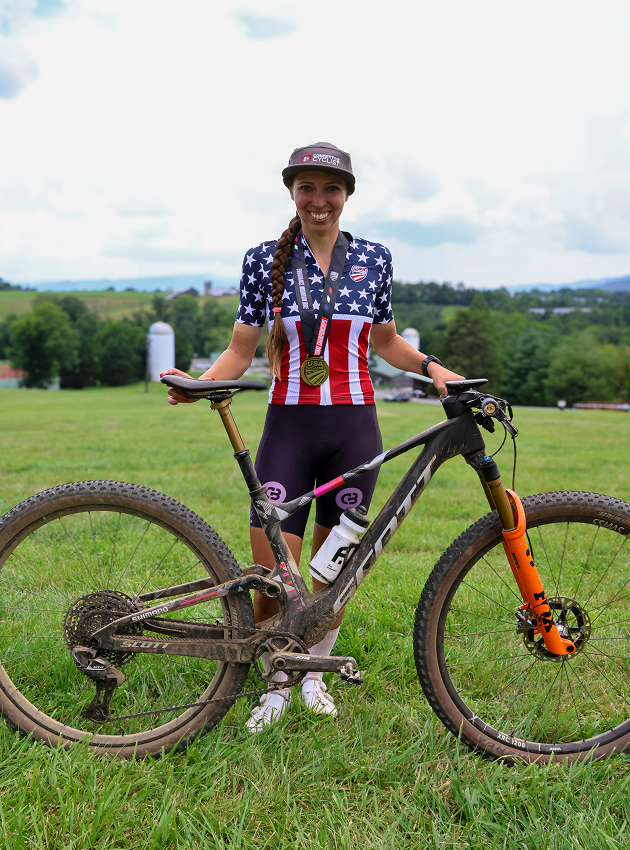
Prepping for Roanoke
Although I hadn’t ridden the course before arriving in Roanoke, I anticipated what kind of riding the East Coast would deliver. My coach and I adjusted training accordingly.
Unbound Gravel was just six weeks earlier, so we relied on that endurance base. We still did 5–10 rides over four hours during the block, with several 20+ hour weeks, but our real focus shifted to intensity. Rather than chasing volume with 30-hour weeks, we built race readiness through VO2 workouts and technical endurance sessions.
Some staples included 30/30 intervals and three-minute efforts with minimal recovery. We also prioritized trail time, simulating race pace on both climbs and descents.
Hydration was another heavy focus. I worked with a dietitian to calculate my sweat rate and dial in exactly how much fluid I’d need on race day. In this kind of heat, your hydration plan is just as important as your pacing.
Race Execution
No matter how well you prepare, mountain biking has a way of throwing curveballs during a race. Mechanicals, crashes, and unexpected moments are all part of the sport. Despite feeling ready, I still had race-day nerves.
I attacked early and secured the holeshot, peaking over 600 watts to grab position into the singletrack. For the first 90 minutes, I held a normalized power (NP) around 230 watts, pushing hard to open a gap without overheating. I built nearly a one-minute lead... until I clipped a handlebar on a tree and went over the bars.
I quickly remounted the bike, already running calculations of how much time I may have lost. But the real loss came in the aftermath. I was still pedaling, but I’d lost rhythm. Blood dripped down my legs, and mentally, I was shaken. Over the next hour, my NP dropped to around 190 watts. That’s typically an easy effort for me, but on wet, root-covered terrain, nothing is truly easy. Still, it was a far cry from the 230 I started with.
The outcome showed it. Second place bridged back to my wheel. I had a decision to make in that moment: commit to the tight battle to the line, or attack again and never look back. Naturally, I picked the latter.
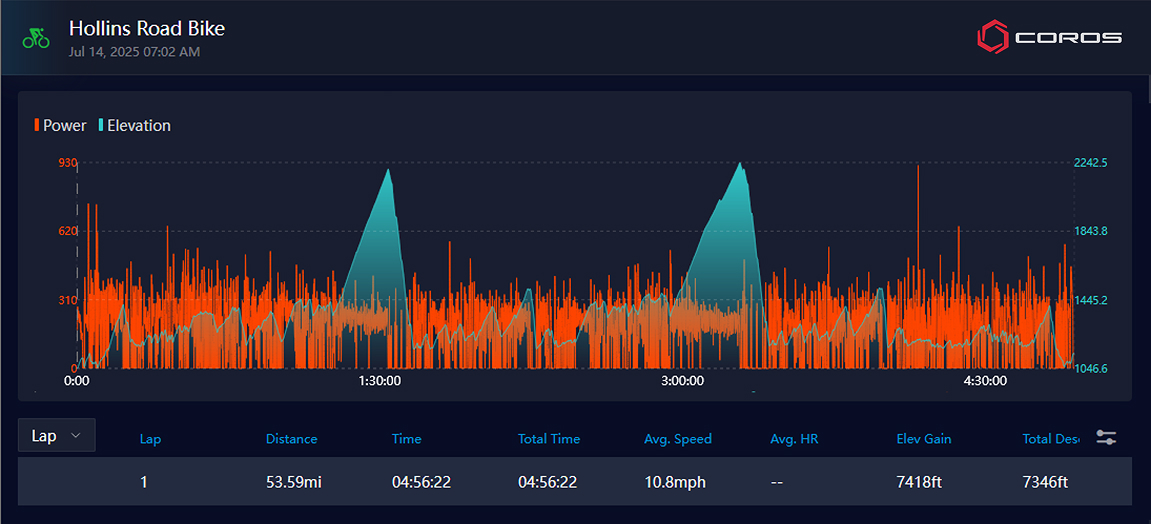
Hannah's race data from the 2025 XCM National Championship
I relied on my COROS DURA to keep me focused. I watched the distance-to-go feature as a motivator and used the climb data to dig a little deeper on every uphill. I stayed locked into my pacing and fueling plan, using time and power to stay accountable.
Over the final hour, I clawed my power back up by about 20 watts. I not only regained my rhythm, but demonstrated fatigue resistance in a long, hot event. By the finish, I had pulled away and finished the National Championship in 1st place, with a lead of over five minutes.
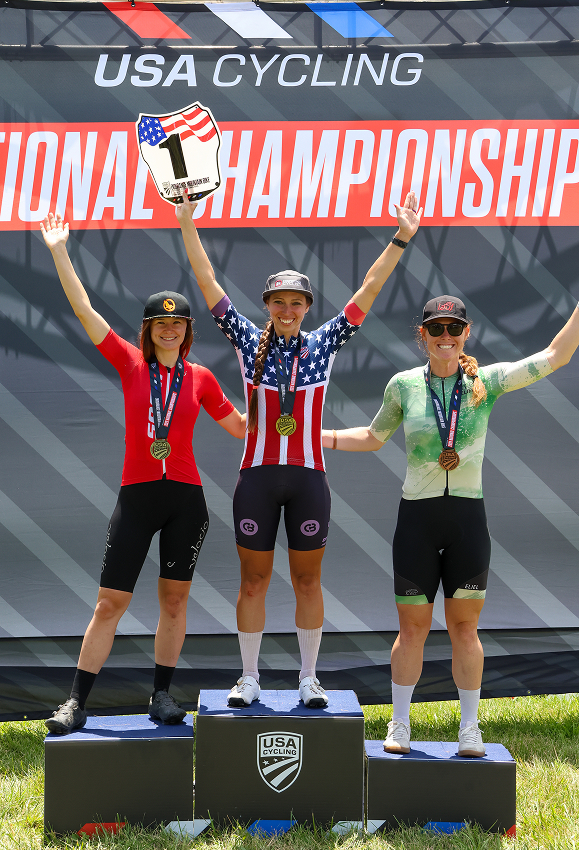
Wearing the Stripes
Winning the National Championship means more than just one great ride. It represents every training session, every detail, every decision that led to this moment. I’m honored to own the title of National Champion for the next year, and I can’t wait to represent the Stars and Stripes in the races ahead.

/filters:quality(85)/fit-in/970x750/coros-web-faq/upload/images/a290f3d546df620e4443cc41234c87d9.jpg)
